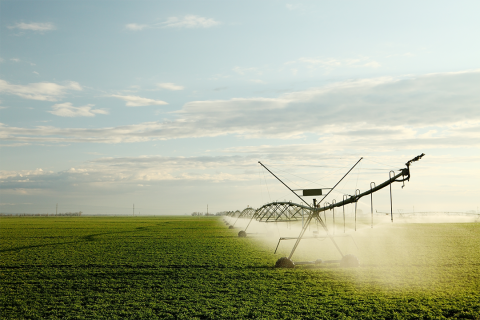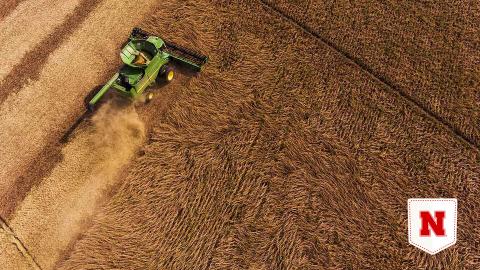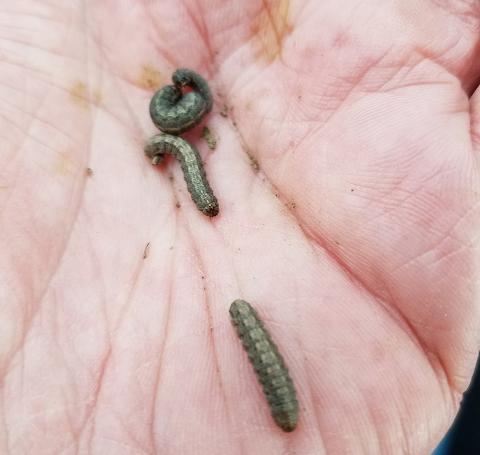Pasture and Forage Minute: Early Season Irrigation, Controlling Alfalfa Weevil
April 23, 2024
This week, extension educators discuss strategies for early season irrigation of alfalfa to lower seasonal water use, controlling alfalfa weevil and flash grazing in spring to mitigate early pasture weeds.
This Week on N Field: Army Cutworm
April 19, 2024
Now is the time to scout for army cutworm in wheat and alfalfa. Learn more about identifying army cutworm damage to crops in this new N Field Observations.
Management Technique Shows Promise Against Emerging Soybean Pest
March 29, 2024
Entomologists at the University of Nebraska are experimenting with the production technique of hilling to control soybean gall midge populations in the Midwest.
Army Cutworm Scouting Urged in Western Nebraska Wheat and Alfalfa
March 6, 2024
With recent warm weather, army cutworms have been spotted in southern Sioux County and central Lincoln County. Producers should begin scouting for this pest to mitigate crop damage, particularly in winter wheat and alfalfa.
Pasture and Forage Minute: Winter Insect Mortality and Livestock Water Needs
January 16, 2024
Extension educators review the effects of subzero temperatures on overwintering insects and whether snow can adequately be used as a water source for cattle.
This Week on N Field: Manage Soybean Cyst Nematode to Reclaim Lost Yield
November 15, 2023
Now is the best time of year to begin your soybean cyst nematode management program — watch this episode of N Field to learn more about SCN testing and management best practices.
Pasture and Forage Minute: Managing Cheatgrass, Last Alfalfa Harvest and Fall Armyworms
September 19, 2023
Management insights on controlling cheatgrass, wild oats and fall armyworms in pastures, and using growing degree days to schedule your final alfalfa harvest.
Soybean Gall Midge Detected Across Nebraska Fields
September 12, 2023
With soybean gall midge emergence dates and locations advancing in the state, Nebraska Extension educators stress the importance of scouting and documenting observations, which can inform ongoing research on management options.







